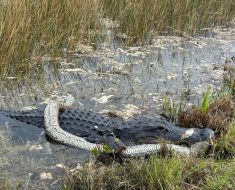Scientists at Washington State University (WSU) are using machine learning to find the best liquids for construction projects on the moon and Mars. Led by Soumik Banerjee, the researchers are exploring “ionic liquids,” which are special types of liquid salts.
NASA has plans to send people back to the moon and thereafter to Mars as well. But carrying all the materials from Earth is a huge problem. So, the idea is to use things from the moon and Mars to build what we need using 3D printing. It is like space recycling.
Banerjee’s team is excited about “in situ resource utilization,” which means using what is already there in space. The challenge is to find liquids that can extract materials from the moon and Mars soil without using water as there is no water on the moon.
This is where the machine learning comes in. Instead of testing every liquid in a lab, which is slow and expensive, the scientists are using machines to quickly narrow down the options.
The scientists are checking out special things about these liquids like how small the parts are and how easily they move around. They have found about six liquids that look promising.
Teaming up with scientists from the University of Colorado, tests were conducted in the lab. There is now hope to experiment with these liquids using materials akin to what would be found on the moon.
Thanks to machine learning and the diligent efforts of scientists, the prospect of people living and constructing on the moon and Mars may become a reality sooner than anticipated. The collaboration of science and space promises exciting adventures on moon and Mars.
Show
comments





